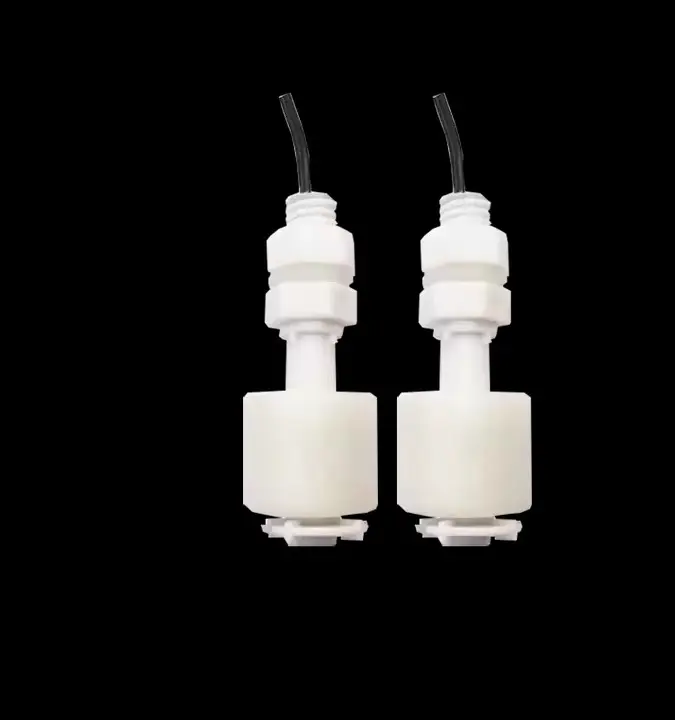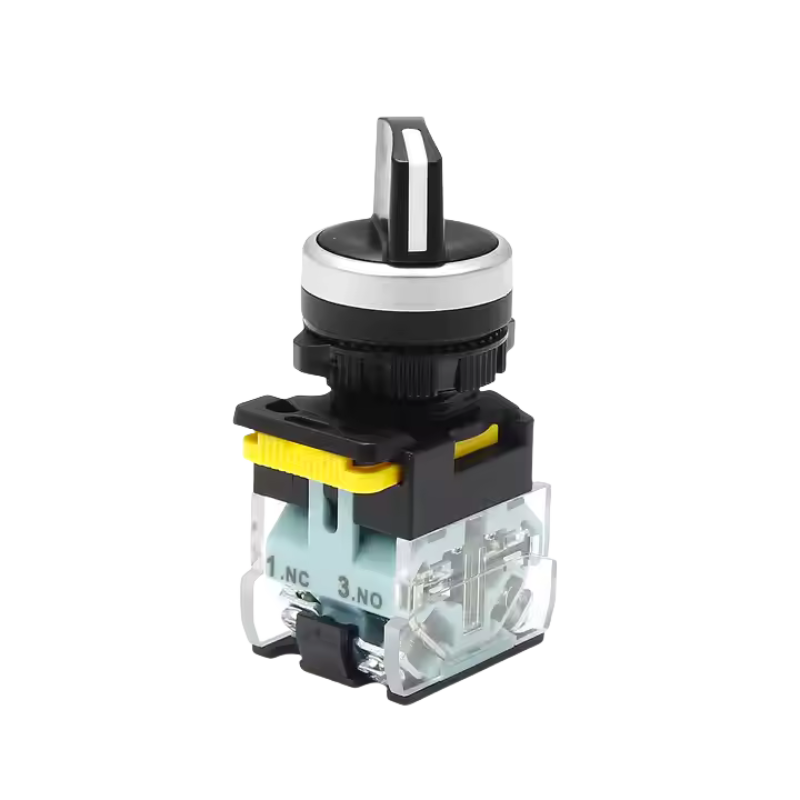Accurate liquid level management is critical across industries—from water treatment plants to HVAC systems. At the heart of this precision lies the float switch, a device that combines simplicity with engineering ingenuity to automate fluid control. This article explores how these mechanisms operate and why selecting the right design ensures reliability and cost savings.

The Science Behind Float Switches
A float switch uses buoyancy principles to detect liquid levels. A sealed hollow float, often made of corrosion-resistant materials like polypropylene or stainless steel, rises or falls with the fluid. Attached to this float is a stem housing a magnetic reed switch. As the float moves past predefined thresholds, the magnet triggers the reed switch to open or close an electrical circuit. This action signals pumps, valves, or alarms to activate, maintaining optimal fluid levels.
Key Components Driving Performance
Float Design: Engineered for specific fluid densities, ensuring accurate buoyancy.
Magnetic Reed Switch: Encapsulated to resist moisture and chemical exposure.
Adjustable Mounting: Allows customization for “high” or “low” level triggers.
Output Configurations: SPDT or DPDT contacts for versatile system integration.
Applications Where Float Switches Shine
Industrial Tanks: Prevent overflows or dry runs in chemical storage.
Sump Pumps: Automate basement flood prevention.
Food Processing: Monitor sanitizer levels in CIP systems.
Renewable Energy: Manage coolant in solar thermal installations.
Why Our Float Switches Outperform Competitors
Material Durability: Stainless steel stems and FDA-grade floats for harsh or sanitary environments.
Custom Calibration: Set activation points to ±1mm accuracy.
Low Maintenance: Sealed designs resist fouling from sludge or oils.
Certified Safety: ATEX and UL listings for hazardous areas.
Beyond Basics: Advanced Configurations
Modern float switches offer multi-level sensing, wireless telemetry, or failsafe modes. For example, a vertical stem switch with multiple reeds can trigger sequential actions (e.g., “low,” “medium,” “high” alerts), while tilt switches suit confined spaces.
Maximizing ROI with Smart Selection
When choosing a float switch, consider:
Fluid Properties: Viscosity, temperature, and corrosiveness.
Electrical Load: Match contact ratings to pump/valve requirements.
Mounting Orientation: Horizontal, vertical, or suspended setups.
Partner with Precision Liquid Control
Understanding how float switches work is the first step toward optimizing your operations. Our engineered solutions combine decades of expertise with cutting-edge materials, ensuring longevity in even the most demanding environments.Visit our website for technical specs or contact our team to discuss custom configurations—let us safeguard your systems with precision you can trust.



